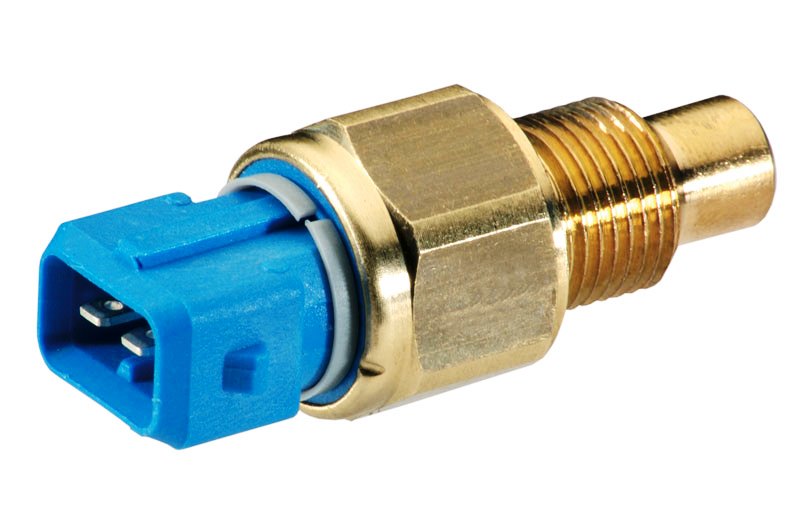A new report from Juniper Research has found that the automotive sensors market will grow to over $92 billion by 2026; a 30% increase over 2021. This growth will be driven by sensors that enable automated vehicles and ADAS (Advanced Driver Assistance Systems). Sensors monitoring various vehicle safety parameters in internal combustion engines will experience substantial decline from increased electrification of vehicles, following the COP26 climate conference’s initiatives to move countries to 100% electric vehicle sales by 2030.
For more insights, download our free whitepaper: It’s Electric ~ Powering the Automotive Sensors Market
LiDAR Accelerating, but Remains Costly
The new report, Automotive Sensors Market: Technology Evolution, Trends & Forecasts 2021-2026, expects LiDAR (Light Detection and Ranging) sensors to bring in $3 billion in revenue in 2026; trebling in value as automakers start scaling roll-out of the technology in semi-automated vehicles and ADAS. However, due to high unit costs, these deployments will remain low. The majority of revenue from vehicle automation and ADAS sensors will come from CMOS image sensors (cameras used for image recognition), which will remain more cost-effective than LiDAR in many situations in the short term.
RELATED $48.2m Growth Sector Digital Twins Is Emerging Tech To Disrupt Multiple Industries
Electric Vehicles to Disrupt Monitoring Sensors Markets
The research found operational safety sensors, which make up over half of the sensors shipped between 2021-2026, will see revenue decline over the forecast period, thanks to accelerating electrification. Juniper Research expects over a third of consumer vehicles shipped in 2026 to be electric. This means different sensors will be needed to monitor engine conditions; resulting in declining demand for traditional O2 and NOX sensors. However, this change will take longer for commercial vehicles, where internal combustion engines will remain the norm for far longer.
“Electrification will change the game for many sensor providers in the coming years”, remarked research co-author Miles Agbanrin. “With less need for air monitoring in electric vehicles, sensor manufacturers need to develop new relationships with battery manufacturers and the elements that need monitoring for those systems, or face severe losses in revenue.”































